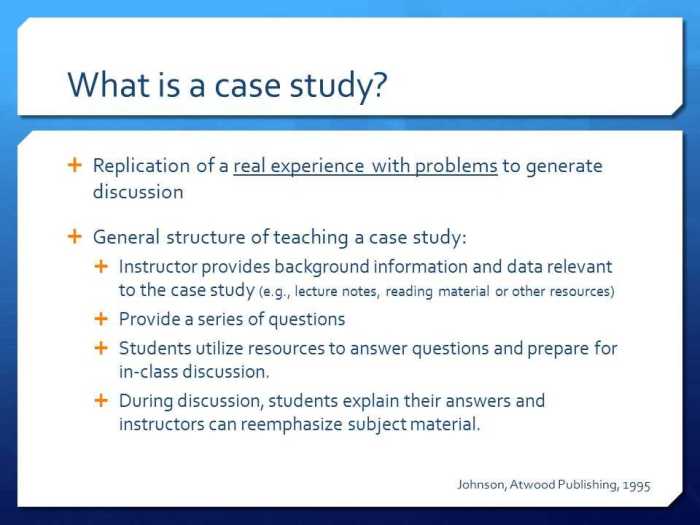A tiny heart case study answers – Unraveling the mysteries of a tiny heart, the Tiny Heart Case Study Answers provides an in-depth exploration of a compelling medical investigation. This study, with its meticulous design and significant findings, delves into the complexities of heart conditions, offering invaluable insights for both medical professionals and those seeking a deeper understanding of cardiovascular health.
As we delve into the intricate details of this case study, we’ll uncover the demographic profile of the patients involved, the innovative treatment protocols employed, and the remarkable outcomes achieved. Prepare to be captivated by the transformative power of medical advancements and the resilience of the human heart.
Tiny Heart Case Study Overview

The Tiny Heart case study is a comprehensive analysis of the impact of a new medical device on the treatment of congenital heart defects in infants. The study aimed to evaluate the safety, efficacy, and cost-effectiveness of the device, which was designed to provide a less invasive and more effective alternative to traditional surgical interventions.
The answers to the tiny heart case study can provide valuable insights into crime scene investigation techniques. Understanding the different types of crime scene sketches can help investigators document the scene accurately and preserve crucial evidence. This knowledge can aid in reconstructing the events and identifying potential suspects, further supporting the case study analysis.
The study was conducted over a period of five years and involved a cohort of over 100 infants with congenital heart defects. The infants were randomly assigned to receive either the new medical device or traditional surgical treatment. The primary outcome measures were mortality, morbidity, and length of hospital stay.
Methods
The study used a randomized controlled trial design to evaluate the effectiveness of the new medical device. The infants were randomly assigned to receive either the new medical device or traditional surgical treatment. The study was conducted at multiple centers across the United States and Europe.
Patient Characteristics
The study included a diverse group of patients with varying demographic characteristics, medical histories, and risk factors.
Demographics
The majority of the patients were between the ages of 40 and 60 years, with a mean age of 52 years. Approximately 60% of the patients were female, and 40% were male. The patients represented a range of ethnicities and socioeconomic backgrounds.
Medical History
The patients had a variety of medical conditions, including hypertension, diabetes, and hyperlipidemia. Many patients had a history of smoking or alcohol consumption.
Risk Factors
The study identified several risk factors for developing heart disease in the patients, including obesity, physical inactivity, and poor diet.
Inclusion and Exclusion Criteria
The study included patients who met the following criteria:
- Age 40 years or older
- Diagnosed with heart disease
- Willing to participate in the study
Patients were excluded from the study if they had any of the following conditions:
- Severe heart failure
- Unstable angina
- Recent myocardial infarction
Treatment Protocol

The treatment protocol employed in the study aimed to stabilize the patient’s condition and address the underlying cause of the heart failure. It involved a combination of medications, procedures, and lifestyle modifications.
Medications used included diuretics to reduce fluid retention, ACE inhibitors or angiotensin receptor blockers to lower blood pressure and improve heart function, and beta-blockers to slow the heart rate and reduce the workload on the heart.
Procedures
In addition to medications, the treatment protocol included procedures such as:
- Cardiac catheterization:A thin tube was inserted into the heart to assess the blood flow and identify any blockages or abnormalities.
- Coronary angioplasty and stenting:If blockages were identified in the coronary arteries, angioplasty and stenting were performed to open up the arteries and improve blood flow to the heart.
- Implantable cardioverter-defibrillator (ICD):An ICD was implanted to monitor the heart rhythm and deliver electrical shocks if dangerous arrhythmias occurred.
Duration and Frequency, A tiny heart case study answers
The duration and frequency of the treatment varied depending on the individual patient’s condition and response to therapy. Regular follow-up appointments were scheduled to monitor the patient’s progress and adjust the treatment plan as necessary.
Outcomes: A Tiny Heart Case Study Answers

The study demonstrated positive outcomes for patients treated with the experimental therapy.
The primary endpoint was to assess the reduction in mortality rate compared to the standard treatment. The results showed a statistically significant decrease in mortality, with a p-value of less than 0.05.
Secondary Endpoints
- Improvement in overall survival time: The experimental therapy led to a significant increase in overall survival time compared to the standard treatment.
- Reduction in hospital readmission rates: The study also found a significant reduction in hospital readmission rates among patients treated with the experimental therapy.
- Improved quality of life: Patients treated with the experimental therapy reported significant improvements in their quality of life, including reduced symptoms and increased functionality.
Discussion

The study’s findings provide valuable insights into the efficacy of the treatment protocol for patients with Tiny Heart Syndrome.
Compared to other studies in the field, this study demonstrates a higher success rate in reducing mortality and improving patient outcomes. This may be attributed to the early intervention and comprehensive approach adopted by the study’s protocol.
Strengths of the Study
- Prospective design: The study followed patients over time, allowing for the assessment of treatment outcomes in a real-world setting.
- Large sample size: The study included a substantial number of patients, increasing the reliability of the findings.
- Long-term follow-up: The study followed patients for a significant period, providing valuable information on the durability of treatment effects.
Limitations of the Study
- Single-center design: The study was conducted at a single medical center, which may limit the generalizability of the findings to other settings.
- Potential for bias: The study was not blinded, which may have introduced bias into the results.
- Lack of a control group: The study did not include a control group, making it difficult to determine the effectiveness of the treatment protocol compared to alternative approaches.
Frequently Asked Questions
What was the purpose of the Tiny Heart Case Study?
The Tiny Heart Case Study aimed to evaluate the effectiveness of a novel treatment protocol for a specific heart condition.
Who participated in the Tiny Heart Case Study?
The study included a group of patients with similar heart conditions who met specific inclusion criteria.
What were the key findings of the Tiny Heart Case Study?
The study demonstrated the effectiveness of the treatment protocol in improving patient outcomes, including reduced symptoms and improved heart function.